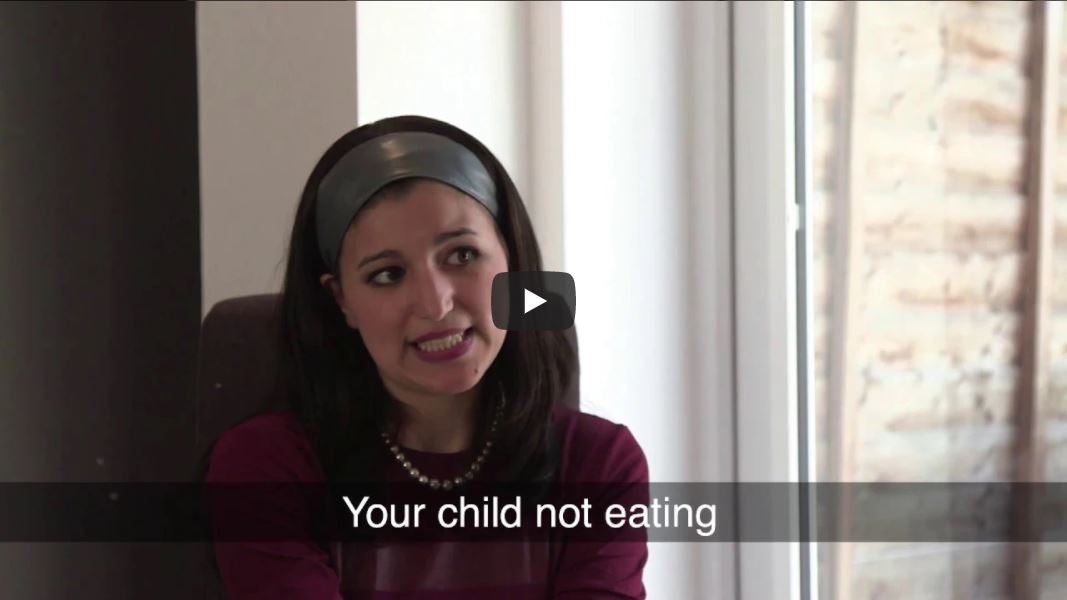But, why is that?
The act of eating requires the simultaneous coordination of a large number of muscle groups (especially facial muscles). Since CP affects body movement and muscle control, eating can also be affected.
Feeding difficulties can be stressful for the whole family, transforming a time that is supposed to be pleasurable into a lengthy period of trial and error.

If feeding difficulties persist, your child might not be receiving enough nutrition, and this might affect his/her growth and development.
If this is the case, your team of healthcare professionals can help you plan for and overcome these difficulties.
Please make sure to consult with them before trying something new or deciding to make any changes to your child’s diet.
It is important to remember that your child’s needs will change over time. This is why it is important to check with your healthcare professional before adapting any feeding solution to the physical and overall assessment of your growing and developing child.
Your healthcare professional will ask you a few questions in order to assess feeding or swallowing problems.
Possible questions could be:
- How long does it take to feed your child?
- Are meals stressful?
- Is your child gaining weight adequately?
- Does your child show any signs of respiratory discomfort (such as coughing or shortness of breath) during or after meal times?
Depending on the answers, your healthcare professional will guide you to the nutritional solution that will best support your child.
But first, you might be asking yourself a number of questions and would like to gather as much information as possible to be fully prepared.
In the following sections, we will present some examples of feeding difficulties and associated conditions.